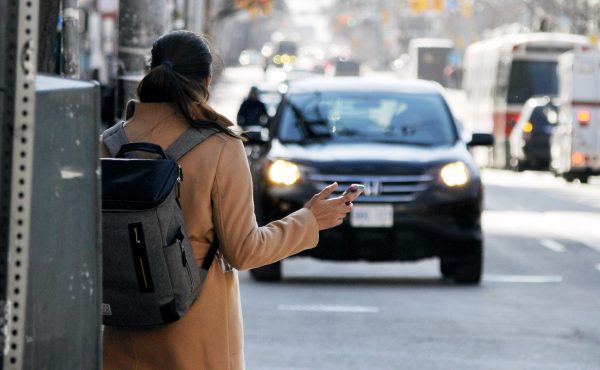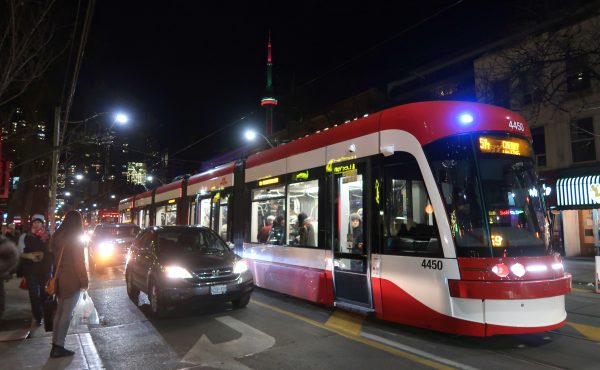
Cross-posted from Eye Weekly.
New York’s city council approved implementing congestion charge Monday in a “close†30-20 vote. (According to the New York Times, city councillors in the Big Apple tend to agree on most things, so when it comes to a council vote, “close†in New York, doesn’t have the same meaning as “close†in Toronto.) Mayor Michael R. Bloomberg, who championed the proposal, called the decision “historic,†but the fight for the congestion charge isn’t over yet — the proposal still needs the approval of the State Legislature to go ahead.
If passed, the congestion charge would, according to the Times, “charge drivers with an E-ZPass $8 a day to enter Manhattan below 60th Street on weekdays from 6 a.m. to 6 p.m. Those drivers would also receive a credit for bridge or tunnel tolls they paid on the same day. Drivers without an E-ZPass would pay $9 and would not receive credit for tolls.â€
The plan is to funnel funds received from the charge into improving public transit, similar to what advocates of road pricing in Toronto argue should be done if a similar scheme were put in place here. The difference is that New York will be eligible for $354 million in grants from the federal government if its congestion charge is approved. (Imagine that, the federal government rewarding cities for implementing road tolls!)
Said Bloomberg:
Environmental and transportation advocates have long supported congestion pricing, as you know, and the amendments that have been added to this bill significantly strengthen it. They resolve several major concerns that have been expressed about making congestion pricing fair and effective. And now I am increasingly confident that State leaders will do what’s right for New York City’s future and promptly enact Governor David Paterson’s bill.
If they do, commuters in our city will be able to benefit immediately from mass transit improvements that you will see literally within months. And we’ve also created then the ability to go ahead and work on some of the long-term projects like the Second Avenue Subway.
On the opposite side of the debate, Councillor Leroy G. Comrie Jr. had this to say:
I am very disappointed that this body was not able to come together to develop a real plan to help all New York City residents deal with the issues of congestion and health. The lack of outreach was evident and an opportunity to create a real five-borough plan has been missed. In my opinion, the residents of Queens will be unfairly taxed by the current congestion plan.
Visit the New York Times to read the full article and the more-than 200 reader comments that follow.



